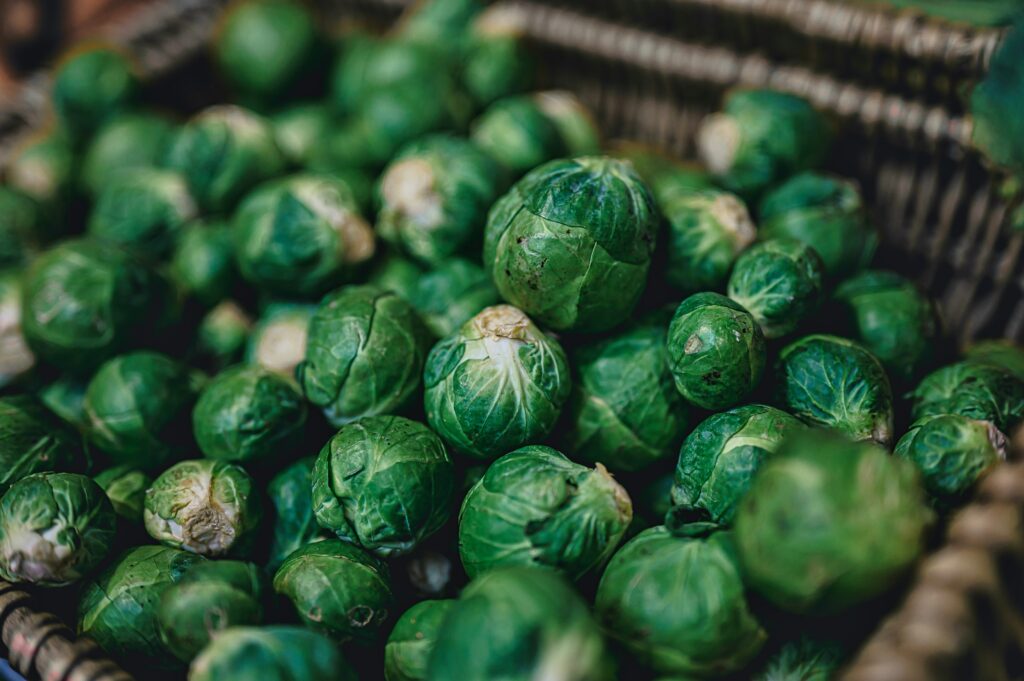Have you noticed the thing about the trees? Well, it seems they don’t like CO2 despite living on the stuff. And so climate change is causing them to be smaller and younger. Which sounds suspiciously like a description of lots of young trees sprouting up. But no. It’s climate change and climate change is bad so it means the trees are weak and feeble and vanishing. Except the trillions now appearing we didn’t even know were there.
According to James Conca in Forbes, “Our planet’s forests are adapting to global warming, as one would expect.” Indeed. Nature is adaptable, right? It’s the theory of evolution. But Conca goes on to claim that a new study in Science says “rising temperatures and carbon dioxide have been altering the world’s forests through increased stress and carbon dioxide fertilization”. And again, it makes sense that carbon dioxide fertilization and warmth would alter forest as it has much other plant life. Making it grow more abundantly and in places where it used to struggle. This greening has saved millions of lives by improving agriculture in marginal areas. But wait.
What’s this about stress? Plants like CO2 and most of them like warmth. Ah, but see it happened “through increasing the frequency and severity of disturbances such as wildfire, drought, wind damage, human destruction and other natural enemies”. It’s odd that forests should have suffered so much from an increase in wildfire, drought and strong winds that not even the IPCC says has, you know, happened. Those trees must be very sensitive, or psychic. As for human destruction, how’s it the fault of climate change? Well, everything is. Probably people are burning the rainforest because heat wilted their crops or some such.
Then there are the “natural enemies”. As you know, nature is a vast complex system in which everybody is someone else’s lunch. Even apex predators, though only after they die. So when there are more rabbits, you get more wolves, but when you get more wolves, you get fewer rabbits, followed by fewer wolves, in vast non-linear interacting cycles. But with climate change, only bad stuff increases. So bugs that eat trees flourish, but bugs, birds and rodents that eat bugs that eat trees perish. Unless they’re really disgusting in which case they too proliferate. And so there are so many trees they all get eaten.
And another thing. Since climate change is creating saplings, saplings are bad. Conca writes that “Losing larger trees is a bad thing for us and lots of other life on earth. Because old growth forests store more carbon compared to younger smaller forests, it’s harder to mitigate the worst effects of climate change without them.”
The obvious problem with this claim is that, while old growth forests have more carbon stored in them, it’s fast-growing young trees that sequester more carbon today. And old trees do that thing other old things do that is socially awkward to discuss: They die. And when they die, and some bug feasts on them, the carbon is… oh no! It’s released back into the atmosphere unless some whipper-sapling gobbles it down and eventually becomes an old growth and then does the cycle of life thing.
So the less obvious problem with this claim is that it’s one more piece of tortured reasoning according to which anything you see, or imagine that you see, is the cause of climate change and therefore bad, and you work your way backward and forward from there.
There’s one more problem: the familiar pattern of thundering certainty about subjects on which we actually know surprisingly little. For instance five years ago NBC reported blandly that “Even with billions of trees being cut down every year, a new study estimates there are seven-and-a-half times more trees on Earth than previously believed: 3.04 trillion, to be precise — or roughly 422 trees per person.”
So we’re not sure within an order of magnitude how many trees there are unless you assume the science that was settled but wrong in August 2015 was locked down permanently in September of that year. But while having no clue how many trees there are or what they’re doing, we know climate change has made them shrimpy and it’s bad.


